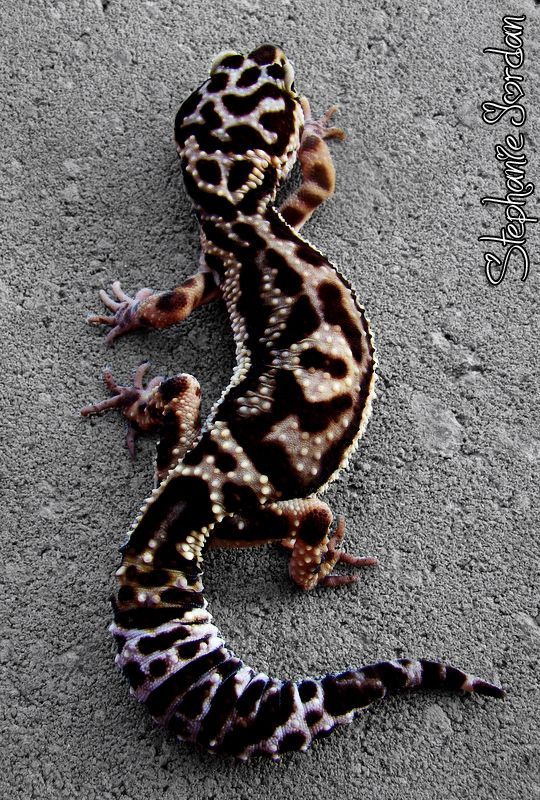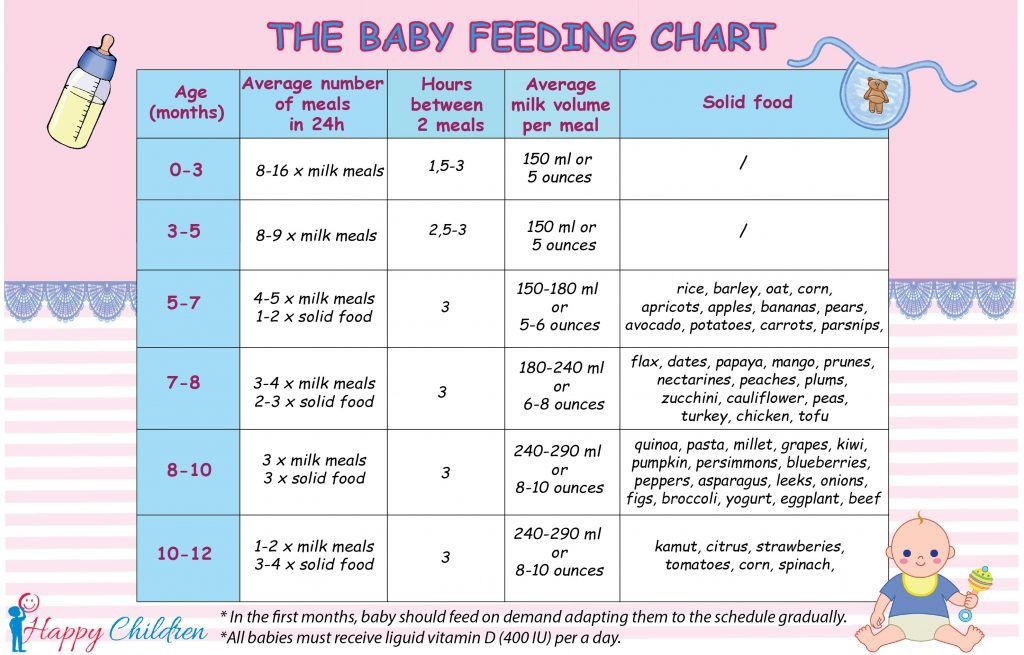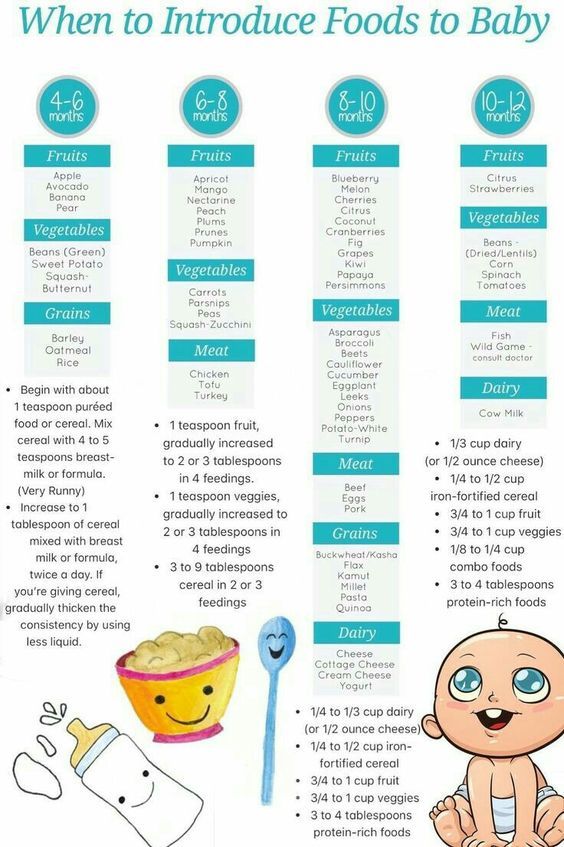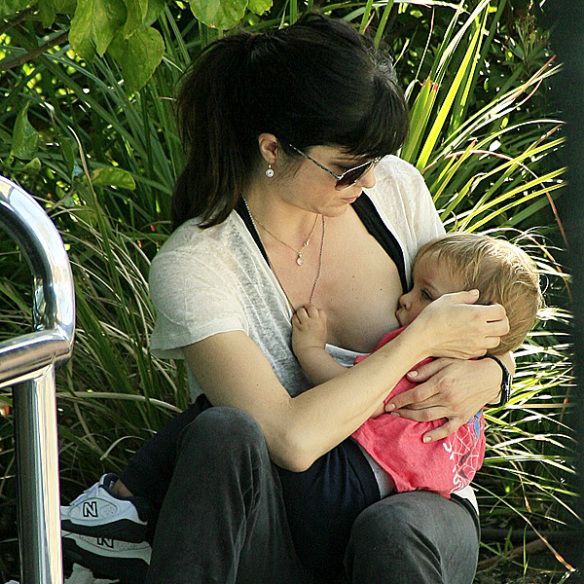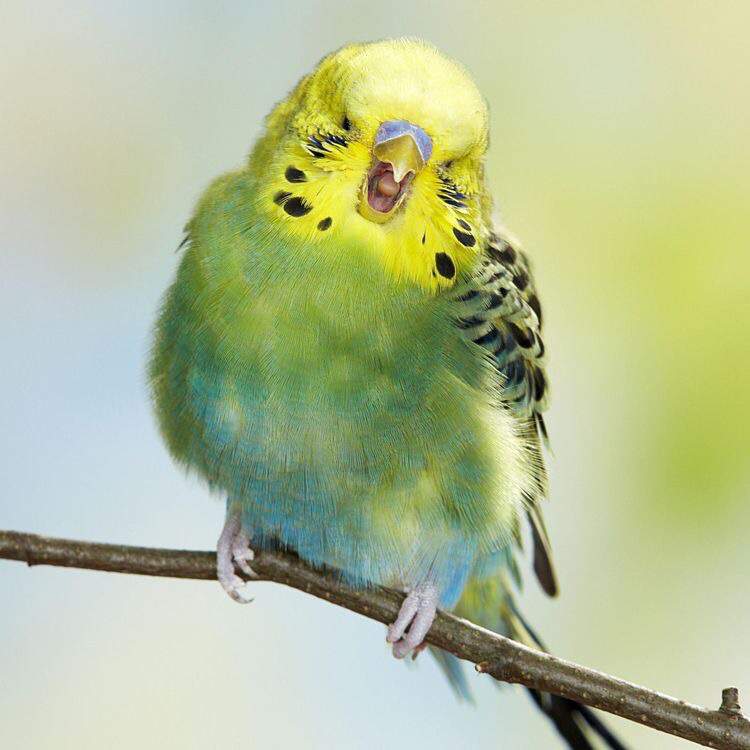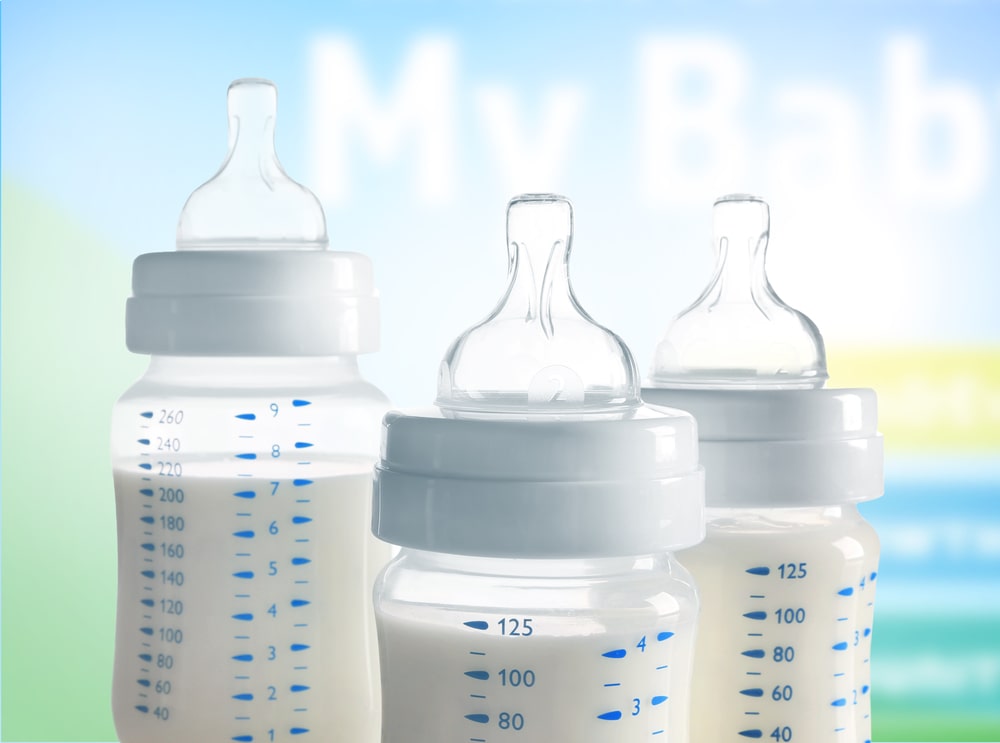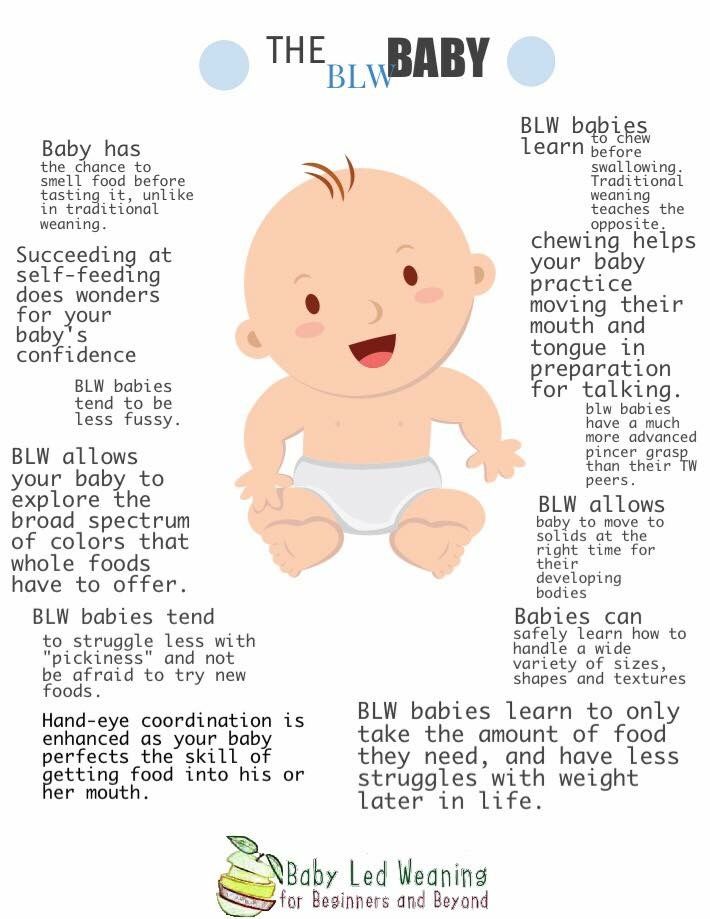Feeding baby gecko
How to Care for a Baby Gecko | Baby Lizard Care
By Laurie Hess, DVM, Diplomate ABVP (Avian Practice)
Geckos are one of the most popular lizard species kept as pets. Baby geckos can make adorable additions to any family and when housed and fed properly can grow up to be hardy adults that live many years. The key is to educate yourself before you get them so that you can set them up right from the start.
More than 2,000 species of gecko, varying in color and skin markings/patterns, are recognized around the world. Among the most common pet lizard species are leopard geckos and crested geckos. Less commonly kept geckos include day geckos and Tokay geckos.
When they are born, hatchling geckos are typically 3 to 4 inches long. Adult female leopard geckos grow to 7 to 8 inches, while males grow to 8 to 10 inches. Adult crested geckos of both sexes typically are 4.5-5 inches long.
Many pet stores and breeders sell baby geckos so that owners can bond with their pets at a young age and watch them grow. Baby geckos, however, do not have fully developed skeletal and immune systems and are therefore more susceptible than their older counterparts to developing certain diseases. Thus, they must be fed and housed appropriately when they are first purchased to try to prevent the development of common juvenile diseases.
Once their enclosures are set up properly and a feeding regimen has been established, baby geckos can be relatively easy to care for.
Making a Home for Your Baby Gecko
Geckos are typically housed in 10- to 20-gallon glass aquariums. Plastic storage boxes, such as those for storing sweaters, also may be used, as long as the box is at least one-foot high to prevent the lizard from jumping out. Twenty-gallon tanks are better for larger adults or if more than one gecko is being housed in the same tank.
Tanks larger than 20 gallons may be harder to keep warm and humid enough and may enable the gecko to avoid sitting under heat and ultraviolet (UV) lights.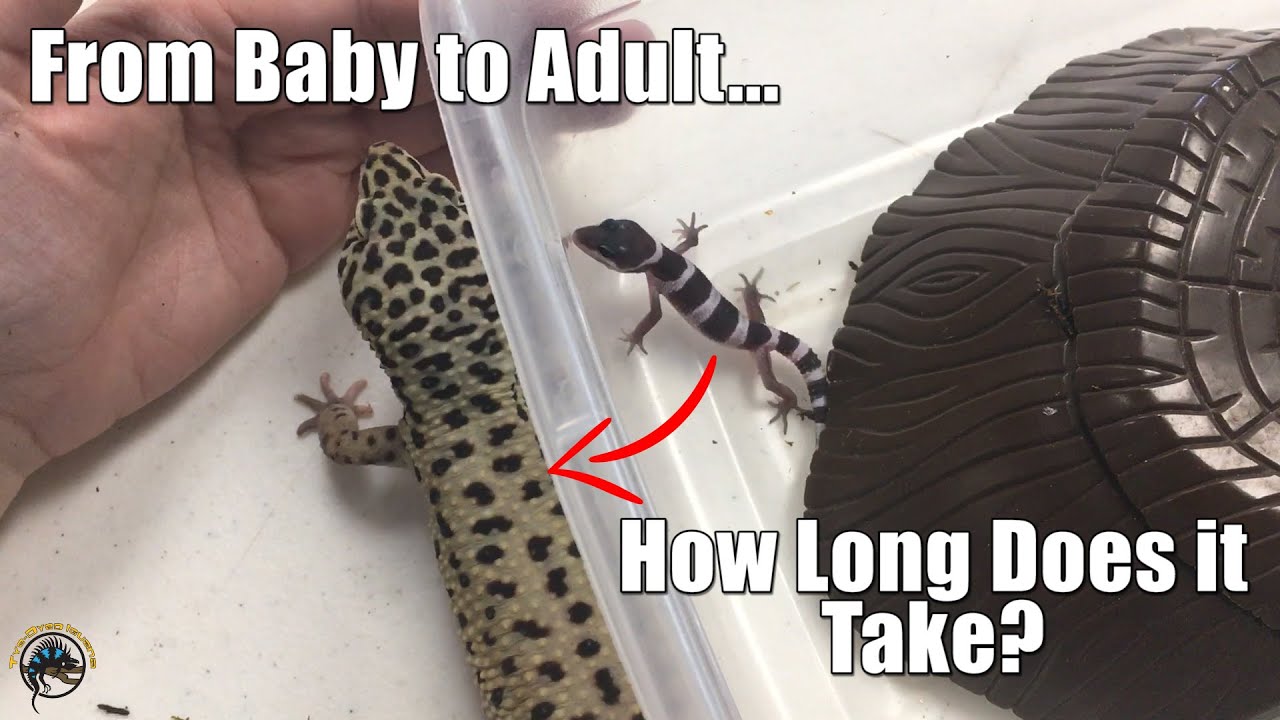 All enclosures must have a secure mesh top to prevent escape and to promote good ventilation. A small, upside down, plastic box with a cut-out door, filled with moist moss or vermiculite, can be used within the enclosure as a hide box to help maintain the humidity high enough to enable the gecko to shed its skin properly. Live or artificial plants can be added to the enclosure, as well, to help maintain humidity and to satisfy the gecko’s desire to climb.
All enclosures must have a secure mesh top to prevent escape and to promote good ventilation. A small, upside down, plastic box with a cut-out door, filled with moist moss or vermiculite, can be used within the enclosure as a hide box to help maintain the humidity high enough to enable the gecko to shed its skin properly. Live or artificial plants can be added to the enclosure, as well, to help maintain humidity and to satisfy the gecko’s desire to climb.
Baby Geckos Need Warmth and Humidity
All types of gecko, regardless of species, need supplemental heat in their enclosures. Heat may be provided with an over-the-tank heat bulb or an under-the-tank heat mat placed at one end of the tank. Hot rocks are not recommended, as they can get very hot, and reptiles often don’t move off them before they get burned.
Gecko tanks should have a temperature range with a warm end and a cool end. The ideal temperature range for a gecko depends on the species. Leopard geckos should have a warm zone (containing the hide box) that is about 90°F and a cool zone that is no lower than the low 70s°F. Crested geckos do better at slightly lower temperatures, with the warm zone in the upper 70s to low 80s°F and the cool zone no lower than about 70°F.
Crested geckos do better at slightly lower temperatures, with the warm zone in the upper 70s to low 80s°F and the cool zone no lower than about 70°F.
Tank temperatures should be monitored daily with “point and shoot” temperature guns, available in most pet stores, or with traditional temperature strips or thermometers that stick on the inner walls of the tank. The amount of heat provided may need to be varied seasonally depending on the ambient temperature of the room in which the lizard is housed.
Humidity must be monitored, as well, with gauges called hygrometers. Ideally, humidity should be maintained between 50-70 percent to ensure that lizards are hydrated and shed their skin properly. Daily misting of the tank helps to keep humidity adequate.
Most gecko species are nocturnal in the wild, being active at night, so they are not exposed to a great deal of sunlight. Consequently, some reptile breeders and veterinarians feel that geckos do not require UV light. Provision of UV light to geckos is, however, controversial, and certain veterinarians (including this author) feel that geckos do better and are less likely to develop common skeletal diseases, such as metabolic bone disease, when they are exposed daily to a few hours of UV light from a full-spectrum UV bulb, particularly if they are housed completely indoors.
While geckos in the wild may live on sand or soil, these substrates are generally not recommended in a pet gecko’s enclosure, as the animal may inadvertently ingest them and develop gastrointestinal impactions or obstructions. Paper-based bedding, such as recycled paper pellets typically used for guinea pigs and rabbits, or shredded newspaper, are better, since they are digestible if consumed.
For a more natural look, pieces of reptile carpet, sold in pet stores, may be used as bedding; however, reptile carpet must be changed frequently, as it gets soiled with food and feces quickly.
What to Feed to a Baby Gecko
Leopard geckos are carnivores; they don’t eat plants or other vegetable matter but rather live insects such as mealworms and crickets. Crested geckos eat small amounts of fruit in the wild in addition to insects.
Baby geckos can be offered small crickets and mealworms daily. Insects, in general, should be no bigger than the width of the gecko’s head.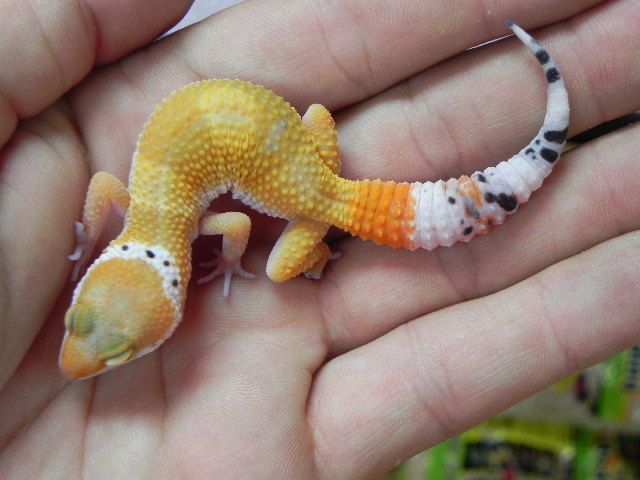 When lizards get closer to adult size, they can be fed insects every other day and be offered larger insects, such as waxworms, superworms, and Dubia roaches.
When lizards get closer to adult size, they can be fed insects every other day and be offered larger insects, such as waxworms, superworms, and Dubia roaches.
The insects you are feeding to your gecko should be fed a diet that has been fortified with calcium, vitamins, and minerals (a process called gut-loading) before being offered to the geckos so that the lizard is getting balanced nutrition. If you are raising your own insects for feed, the insects also should be lightly coated with calcium powder three times a week, calcium powder with additional vitamin D3 twice a week, and a mineral supplement once a week, before being fed to the gecko.
Insects can be provided to baby geckos in small shallow dishes into which geckos can climb to eat them. If a baby lizard is too small initially to climb into the dish, it can be hand-fed one insect at a time until it grows large enough to eat on its own. Only the number of insects a gecko will eat in one sitting should be offered at a time, or leftover insects may chew on the lizard’s skin.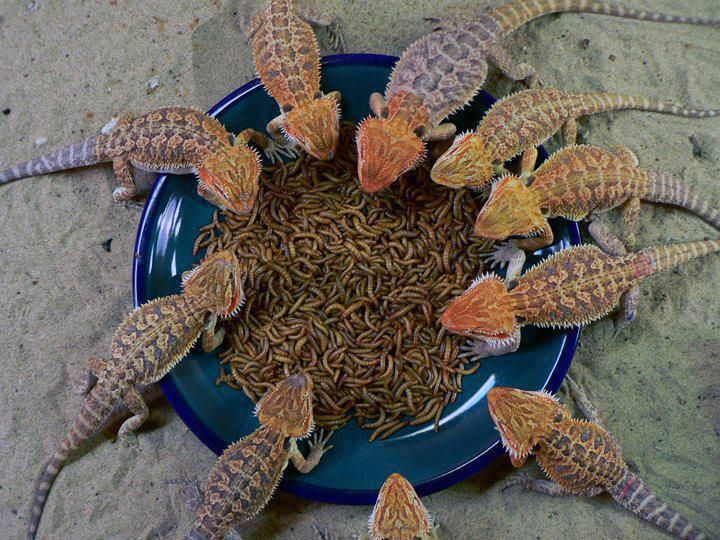 In addition, geckos should be fed fresh water daily from a shallow dish from which they can drink. The dish of water will also help to increase ambient humidity as the water evaporates.
In addition, geckos should be fed fresh water daily from a shallow dish from which they can drink. The dish of water will also help to increase ambient humidity as the water evaporates.
Crested geckos, like leopard geckos, also eat insects, but they can be fed a product called Repashy Superfoods Crested Gecko Diet as their main diet to reduce the need for insects. This diet is mixed with two parts of water, and the gecko is offered as much of this mixture as it will eat out of a shallow dish in one sitting three times a week. The mixed diet can sit in the enclosure for up to 24 hours before it should be removed. Crested geckos eating Repashy may be offered insects once a week along with small amounts of fruit (such as banana or mango) or fruit baby food from a jar as a treat.
How to Hold a Baby Gecko
Baby geckos can be very skittish, so handling them when they are little can help acclimate them to touch and make them less afraid. However, until they are at least three inches long, they can be injured when they are handled, so it is better to let them grow a bit before picking them up regularly.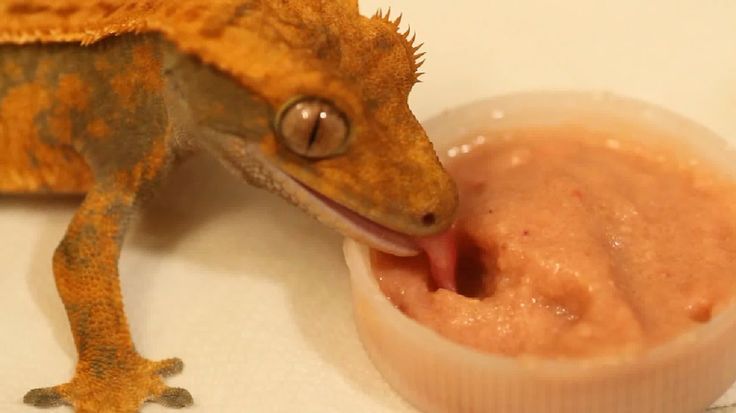 Also, for the first two weeks after they are introduced into a new enclosure, it is best not to handle them so that they can adjust to their new home. After that, 5 to 15 minutes a day of handling should be enough to get them used to being held but not too much to stress them.
Also, for the first two weeks after they are introduced into a new enclosure, it is best not to handle them so that they can adjust to their new home. After that, 5 to 15 minutes a day of handling should be enough to get them used to being held but not too much to stress them.
In addition, reptiles absorb bacteria, other germs, and toxic chemicals through their skin, so it is essential that anyone handling a gecko does so only with clean hands. Conversely, since reptiles carry disease-producing bacteria, such as Salmonella, on their skin that can be transmitted to people during handling, it’s also critical that individuals handling geckos wash their hands thoroughly after touching them.
Finally, since geckos naturally “drop” or release their tails to escape when their tails are grabbed by predators, geckos should never be handled by their tails, or they might break off. Many geckos will regrow their tails if they break off, but the area of the break is susceptible to developing infection, and the new tail may have a completely different color and shape than the original tail. Therefore, it is better to gently hold a baby gecko in the palm of a flat hand while using the other hand to prevent it from jumping or running away.
Therefore, it is better to gently hold a baby gecko in the palm of a flat hand while using the other hand to prevent it from jumping or running away.
The "hand walking" method, in which the gecko, sitting on one extended upright palm, is offered the other extended palm directly in front of it to allow it to hop or jump to the second palm, over and over (think Slinky), also can be used to encourage baby geckos to get used to handling.
What Illnesses Do Baby Geckos Get?
Unfortunately, too many gecko owners do not educate themselves about what their lizards require in terms of housing or nutrition before they bring them home. For example, gecko owners are often not aware they have to gut-load insects or dust them with vitamin and mineral supplements before feeding them to their pets. As a result, baby geckos (particularly those that are housed indoors without access to any UV light that aids in making vitamin D3 in the skin to help absorb calcium from food) can develop metabolic bone disease.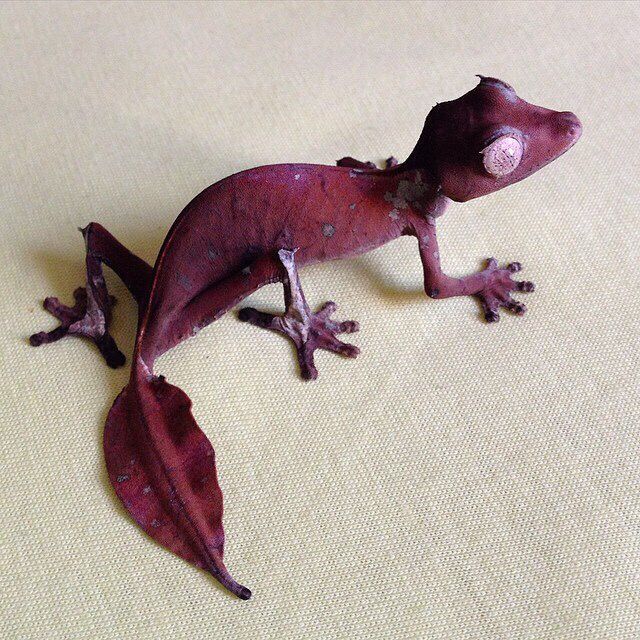 In this condition, the calcium to phosphorus ratio in the lizard’s body is typically less than the ideal 2 to 1 ratio. Consequently, their bones never ossify but remain soft and spongy and may fold or fracture. They become weak and stop moving and eating. When untreated, these animals often die.
In this condition, the calcium to phosphorus ratio in the lizard’s body is typically less than the ideal 2 to 1 ratio. Consequently, their bones never ossify but remain soft and spongy and may fold or fracture. They become weak and stop moving and eating. When untreated, these animals often die.
Gecko owners who see any of these signs in their pets should bring them to the veterinarian as soon as possible to start treatment with calcium and vitamin D. With early therapy, these animals can make a full recovery.
Another disease common in baby geckos is life-threatening gastrointestinal (GI) impaction and obstruction with sand bedding. These little lizards inadvertently consume bits of sand as they ingest insects, and sand gradually accumulates in the GI tract until an obstruction ensues. These pets stop eating, become weak, strain to pass stool, and eventually stop passing it altogether. Lizard owners who see these signs should have their pets treated by a veterinarian immediately. With subcutaneous fluids, enemas, and oral laxatives, many of these lizards can be saved.
With subcutaneous fluids, enemas, and oral laxatives, many of these lizards can be saved.
A final disease that occurs commonly in baby geckos is retention of shedding skin from lack of humidity. Geckos that are kept at too low humidity get dehydrated and retain patches of skin around their toes (where it can constrict circulation, leading to loss of digits) and around their eyes (where it interferes with their vision and their ability to catch insects). As a result, they stop eating, lose weight, and often die. Early intervention by a veterinarian to extract shed skin stuck in eyes, to rehydrate the pet, and to start force-feeding until the animal eats on its own, can make the difference between life and death.
Related
7 Terrarium Dangers for Reptiles
10 Baby Leopard Gecko Care & Feeding Tips for Beginners
Leopard Geckos are one of the most popular pet lizards in captivity, and rightfully so.
They have delightful personalities, simplistic husbandry requirements, and irresistibly cute faces! What’s not to love?
Whether you’re the proud new owner of your own Baby Leopard Gecko or you’re trying to learn as much as you can before you pick up or receive your new pet, you’ve come to the right place.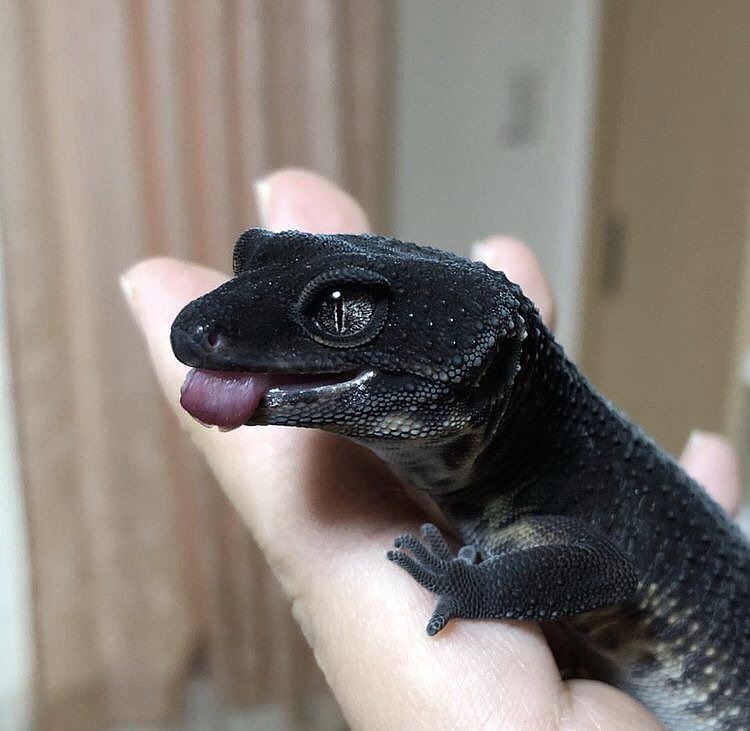
We’re going to cover the ten most important tips for taking care of and feeding your new Baby Leopard Gecko.
Once you nail down these guidelines, there’s not much more to it – just enjoy and bond with your Baby Leopard Gecko!
In This Article
1. Know What to Expect From Your Baby Leopard GeckoBefore we get into any specific care and feeding tips, it’s best to gain a solid understanding of normal and healthy Baby Leopard Gecko behavior!
For example, did you know that new Baby Leopard Geckos probably WON’T eat for the first week while they’re becoming acclimated to their new surroundings?
Or how about the fact that they eat their skin?! That’s right – if you see your Baby Leopard Gecko biting at itself or gulping down some unknown white, papery substance – it’s likely old skin!
Baby Leopard Geckos shed once or twice every week, and you likely won’t find the evidence.
It’s also expected that you may not see your Leopard Gecko move or explore much unless you’re a night owl.
Leopard Geckos are naturally active after the lights go out, and they tend to hide and sleep for most of the day.
Another reality that you should come to terms with is that Baby Leopard Geckos need live insects to grow and thrive.
You can buy the bugs at the pet store, online, or breed them yourself, but the fact of the matter is that you’ll have to be comfortable with having real crickets, grubs, and even roaches in your home on any given day.
Finally, while you may never encounter this freaky phenomenon, it’s essential to be aware of the fact that startled Leopard Geckos will “drop” their tail!
This is a defense mechanism used to distract predators while they make their escape. Don’t worry; most Leopard Geckos recover just fine and even re-grow their tail.
Now that we’ve covered all of the nitty-gritty potential drawbacks of Baby Leopard Gecko ownership, let’s move on to the more positive points:
- They’re so cute! Especially as babies.

- There are several different morphs you can choose from (Albino leopard gecko is one of the most popular ones)
- Leopard Geckos that are handled often seem to enjoy interacting with humans.
- They stay reasonably small and don’t require a huge enclosure.
- Leopard Geckos don’t require expensive, elaborate set-ups or equipment.
- These friendly little guys rarely bite, and even when they do, it doesn’t hurt.
- Leopard Geckos usually go to the bathroom in one corner of their enclosure, making clean-up and maintenance a breeze.
As we mentioned above, when you bring your Baby Leopard Gecko home, it likely won’t eat for the first week or so.
Your Baby Leopard Gecko will be stressed out from the trip and new sights, sounds, and scents.
The best thing to do during this acclimation period is to leave him or her alone. There’s plenty of time for bonding after your baby has settled in!
We suggest you wait to start handling your Baby Leopard Gecko for at least seven days, or until you know it’s eating and pooping fine – whichever criteria takes the longest.

During this time, only open the enclosure to offer fresh water and food (only if it seems to go missing). Try to keep the room somewhat dark and as quiet as possible during this time.
We stress that you should NOT keep adding more bugs every day if they don’t seem to be disappearing. An excessive amount of insect activity in the habitat could stress your baby even more!
When you do start handling your Baby Leopard Gecko, take things slowly. Never try to grab or “catch” your Baby Leopard Gecko if it’s running from you – this could cause it to drop its tail.
While that isn’t a life-threatening situation, you will need to treat the tail base as an open wound, and your Baby Leopard Gecko will need to dedicate its biological resources to regenerating the tail instead of growing.
3. Set Up an Appropriate Enclosure for Your Baby Leopard GeckoYour Baby Leopard Gecko can start in a small 10-gallon aquarium or a plastic bin with at least 1.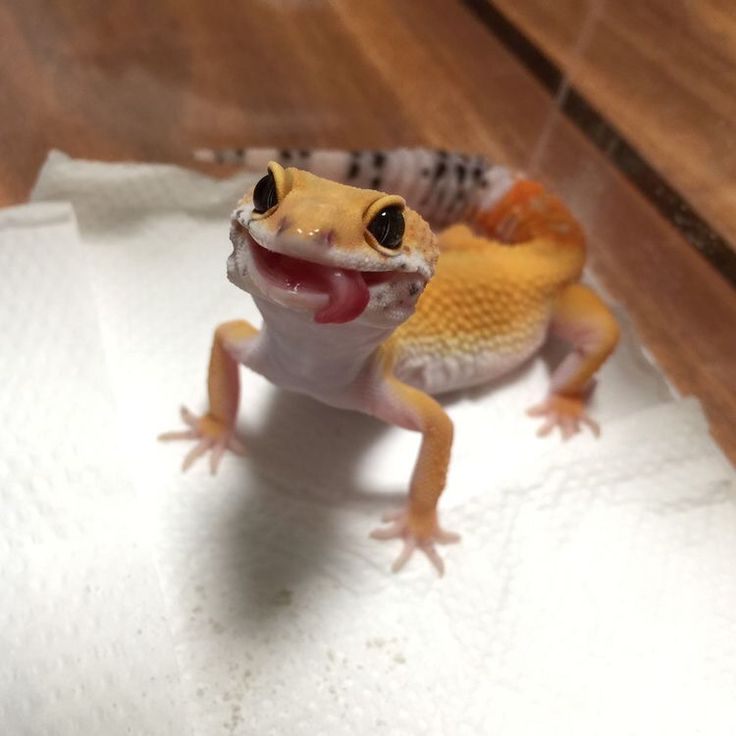 25 square feet of floor space.
25 square feet of floor space.
Inside the enclosure, you should provide:
- At least three hides: one on the warm side, one on the cool side, and one humid hide.
- A shallow water dish that your Baby Leopard Gecko can’t drown in
- Rocks, logs, plants, and aquarium or terrarium decor, as desired.
Once your Baby Leopard Gecko reaches adulthood, it will need an upgrade to an enclosure with at least 2.5 square feet of floor space, like a 20-gallon long aquarium.
You should use a securely-locking lid on your Baby Leopard Gecko’s enclosure.
While they’re terrestrial and can’t climb glass, many crafty young geckos have devised ways to climb corners and terrarium decorations to reach the open top and escape.
Baby Leopard Geckos benefit from UVB lighting, but it’s not required.
If you don’t use a UV bulb over your Leo’s habitat, be sure to supplement their diet with calcium powder that includes Vitamin D3.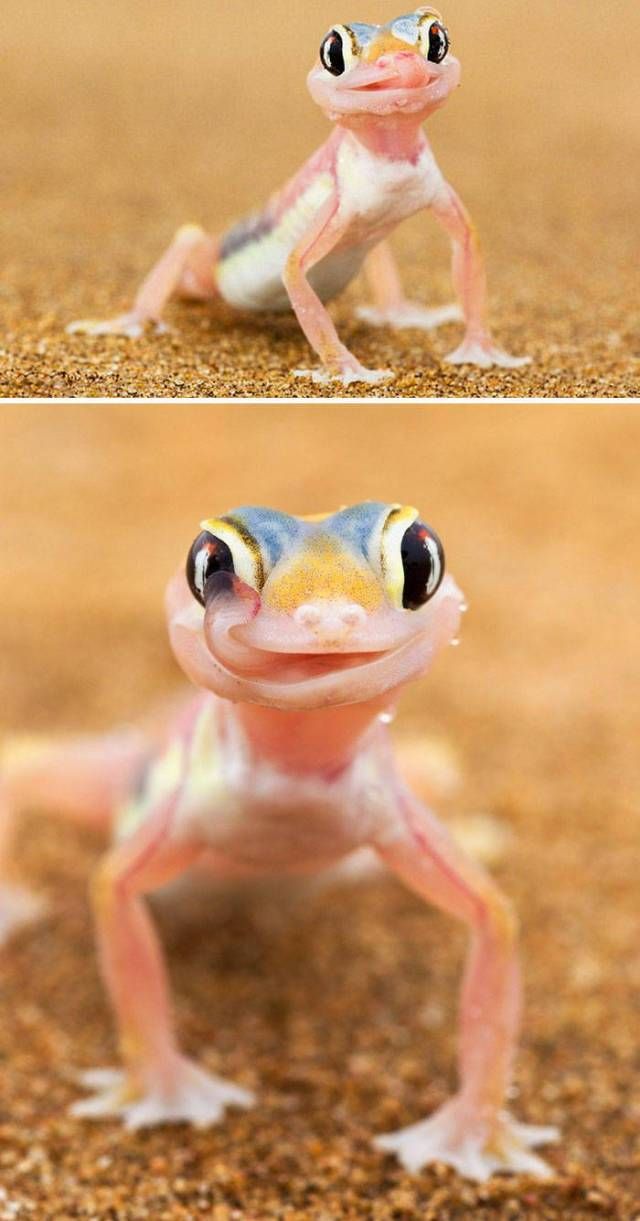
If you use lighting, be sure to hook up a timer set for 12 hours on and 12 hours off.
Finally, your Baby Leopard Gecko is going to need supplemental heat to digest its food and stay healthy.
4. Set Up a Temperature Gradient in Your Baby Leopard Gecko’s EnclosureAll captive reptiles benefit from a temperature gradient in their enclosure.
Creating a temperature gradient involves heating one side of the enclosure to a maximum ideal temperature; the hottest area on this side of the enclosure is known as the “basking spot.”
The temperature will gradually fall to a minimum ideal temperature on the other side of the enclosure, known as the “cool side.”
The middle of the enclosure should fall somewhere between the maximum and minimum ideal temperatures.
This temperature gradient allows your Leopard Gecko to control its own body temperature by using its environment, which is what ectothermic animals evolved to do.
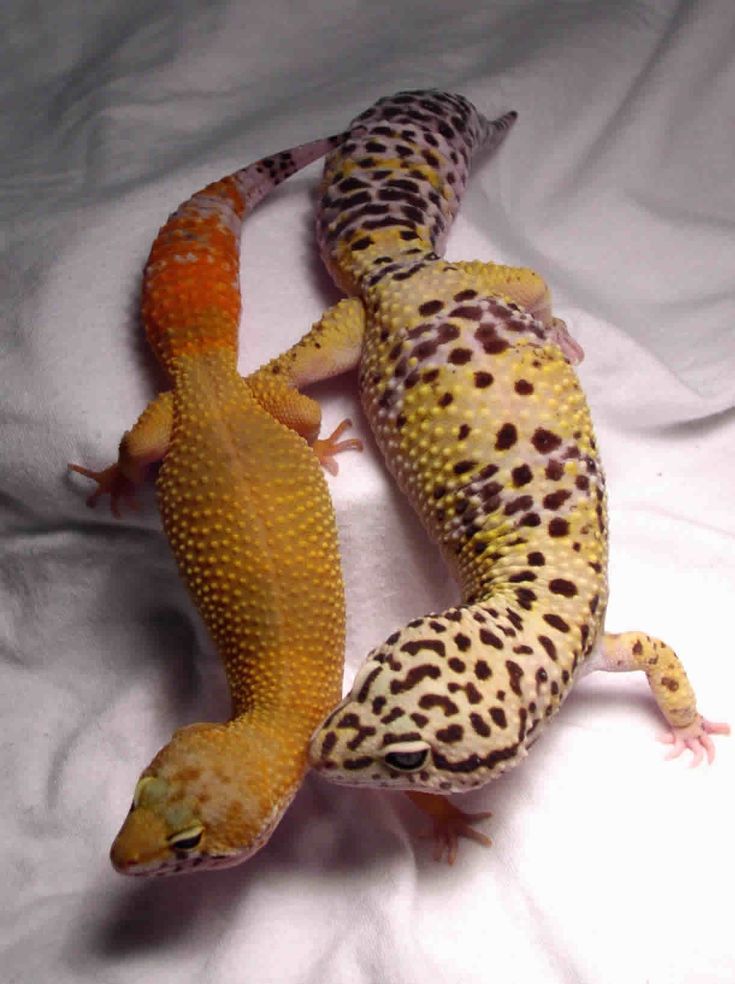
| Baby Leopard Gecko Temperature Summary | |
|---|---|
| Basking Spot Temperature: | 90-95°F |
| Warm Side Ambient Temperature: | 80-90°F |
| Cool Side Ambient Temperature: | 70-80°F |
| Optional Nighttime Temperature Drop: | 60-74°F |
You can provide heat using any of the following depending on what works best for your set-up:
- Halogen light bulb
- Ceramic heat emitter
- Carbon filament heat projector
- Deep heat projector
- Heating cable
- Heating pad
- Reptile heat tape
Always use a thermostat when operating any heating element to mitigate risks like a house fire or overheating and killing your reptile.
At night, you can likely turn off all heating elements. Research indicates that ectothermic animals benefit from a drop in temperatures at night.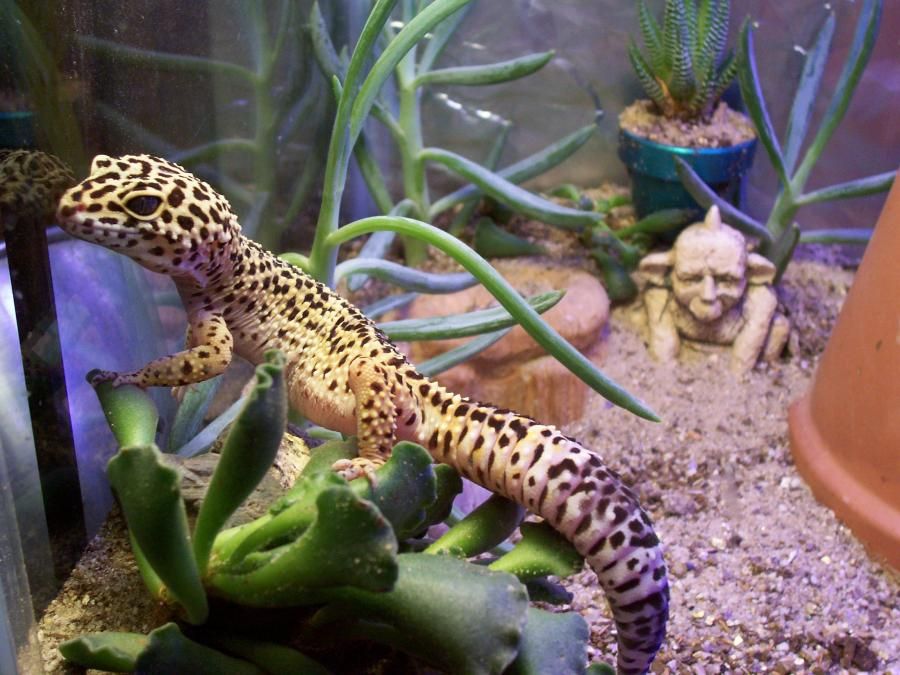
Many new Leopard Gecko owners may be tempted to use “reptile sand” that’s often explicitly marketed for Leopard Geckos.
The scary truth is that most commercially available “reptile sand” is very dangerous for your Baby Leopard Gecko.
Numerous Baby Leopard Geckos have passed away after ingesting too much of their loose substrate while hunting.
Unfortunately, the sand can cause an intestinal blockage, which is a death sentence. Sometimes surgery has been a successful treatment option, but even that comes with its risks.
Most Leopard Gecko veterans recommend these types of substrates to new Baby Leopard Gecko parents:
- Paper towels, non-glossy newspaper, or butcher block paper
- Tile
- Reptile sand mat
- Shelf liner
When your Baby Leopard Gecko grows up, you may want to consider one of the safe particulate substrates available because they are visually appealing and allow your gecko to dig and forage.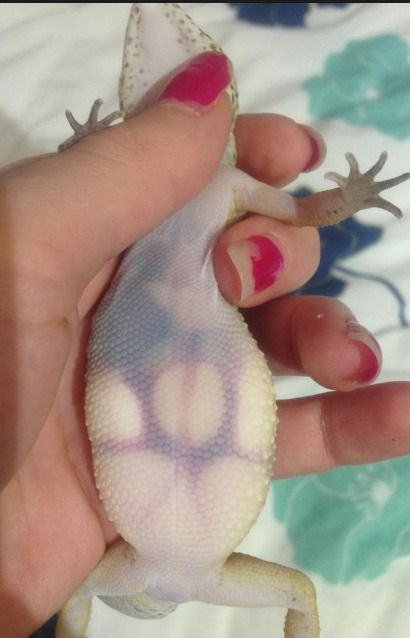
Babies are fragile and clumsy and are best kept on a solid substrate until they grow up.
6. Create a Humid Hide for Your Baby Leopard GeckoEven though Leopard Geckos are desert-dwelling critters, they need access to a humid hide in captivity to help with shedding.
In the wild, Leopard Geckos are able to create burrow systems that give them access to pockets of high humidity in the ground.
These high-humidity retreats are necessary for healthy hydration levels and shedding processes in Leopard Geckos.
You can replicate this in captivity by filling a hide with damp sphagnum moss or paper towels. Check the media daily for moisture, and add more water as necessary.
Replace the paper or moss if it’s been soiled on or shows any sign of mold growth. Otherwise, replace the medium and clean the hide at least once a month.
Situate the humid hide closer to the warm side of the habitat.
As far as the actual hide, you can use anything from a faux rock cave from the pet store to a Tupperware container with an entry hole cut out.
It needs to be 2 to 3 times the size of your Baby Leopard Gecko’s body. Enclosed hides will hold onto humidity better than bottomless hides.
8. Feed Your Baby Leopard Gecko the Proper Insect VarietyIt may seem easier to just stick with one type of insect for your Baby Leopard Gecko’s entire life, but imagine how you would feel if you had to eat the same thing every day!
Feeding your Baby Leopard Gecko a variety of prey items has many benefits, including:
- Mental enrichment from new appearance, scent, movement pattern, taste, and texture.
- Broader coverage of micronutrients. What vitamin one bug may be lacking in, another type may be full of.
- Avoidance of a “picky eater.” What are you going to do if your Leopard Gecko only eats crickets, but there is a cricket shortage?!
Aim to feed a lot of insects that are considered “high-calcium,” such as:
- Black soldier fly larvae
- Earthworms
- Isopods
- Roaches
- Hornworms
- Silkworms
These insects are also suitable as main food items, as long as you gut-load them and coat them with supplemental calcium:
- Crickets
- Mealworms
- Farm-raised grasshoppers
Here are some more commonly-available insects that may be fed as a treat or to help a sick Baby Leopard Gecko gain weight.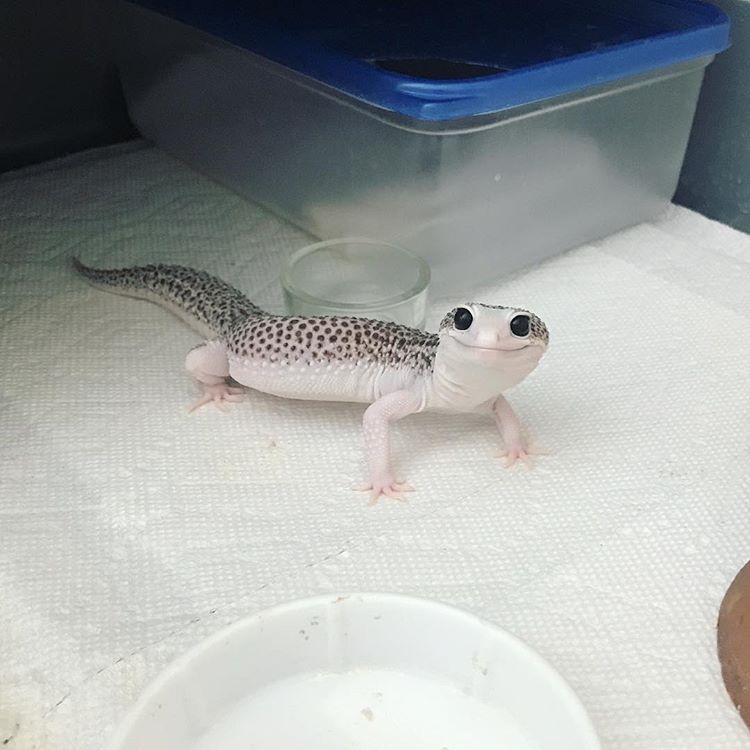
- Giant mealworms
- Superworms
- Butterworms
- Waxworms
All of the above are high in fat, so they shouldn’t be offered regularly:
7. Feed Your Baby Leopard Gecko the Proper Insect SizeInsects that are too small may not trigger your Baby Leopard Gecko’s hunting instincts whatsoever or may cause your gecko to burn more calories “hunting” than it would gain back by eating the prey.
Insects that are too large can cause swallowing and digestion issues, potentially leading to throat injuries, intestinal impaction, and other problems.
They also may intimidate your Baby Leopard Gecko, and uneaten insects (especially large ones) pose a risk of chewing on your fragile gecko!
The ideal feeder insect size is about as long as your Baby Leopard Gecko’s head or shorter than the distance between its eyes.
Generally speaking, hatchlings will eat ⅜” insects, juveniles will eat ¼” insects, and adult Leopard Geckos will eat ½-¾” insects.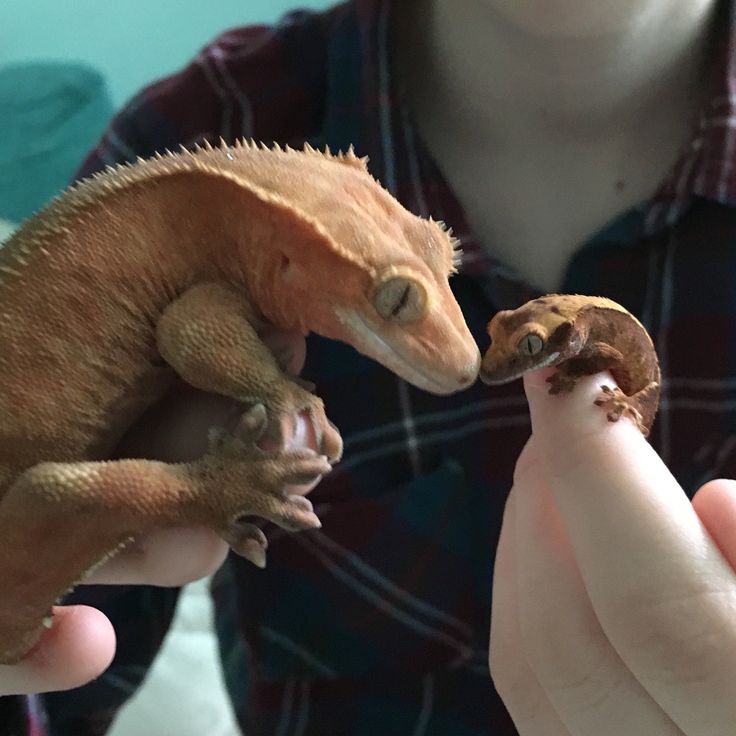
Baby Leopard Geckos should eat every day unless they are stressed or otherwise sick.
The general rule of thumb is to feed one appropriately-sized insect per every inch of your Leopard Gecko’s body, or as many insects as they will eat in 15 minutes.
Baby Leopard Geckos usually don’t become overweight, but if you notice that its tail is getting thicker than its neck, you should cut back on the number of insects you’re offering or switch to an insect with lower fat content.
10. Use Supplements With Your Baby Leopard Gecko’s FoodYou should dust your Baby Leopard Gecko’s food with supplement powders and gut-load the feeder insects, if possible
You can use commercial high-calcium insect diets or fresh high-calcium vegetables to gut-load:
- Roaches
- Crickets
- Isopods
- Superworms
Most other feeder insects are difficult or impossible to gut-load, so they’ll need a healthy dusting with reptile-safe calcium powder
If you’ve equipped your Baby Leopard Gecko’s habitat with a UVB lighting system, be sure to buy calcium powder without added Vitamin D3.
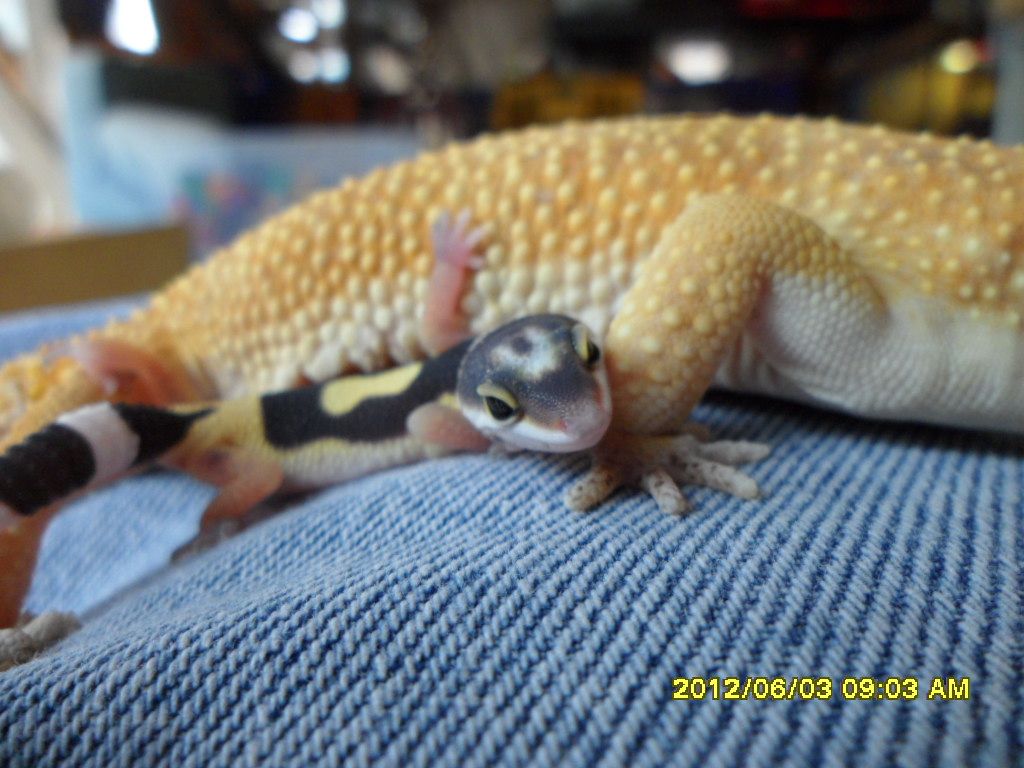
Follow the manufacturer’s guidelines for replacing the UVB light bulb. They continue to emit light long after the UV-emitting component “dies.”
If your Leopard Gecko doesn’t have access to UV light, buy reptile calcium powder with added Vitamin D3, but less than 25,000 IU/kg.
The amount can be found on the package’s label; it varies drastically from one brand to another.
You should dust all non-gut-loaded feeder insects with calcium powder and add calcium powder to gut-loaded insects every 2nd or 3rd day.
Baby Leopard Geckos also need a reptile multivitamin.
Dust their prey with the multivitamin powder once per week.
Your efforts to provide a balanced diet and proper care will substantially increase your leopard gecko’s lifespan and its quality of life.
Just pick up a new baby leopard gecko but have no idea how to name him/her? Click to see our top 70+ best leopard gecko names here.
what is important to know, gecko menu, feeding features
Published: 11/10/2020 Reading time: 6 min. 7662
Share:
Contents
- Gecko Menu
1.1. Gecko Diet
1.2. Where to get food - Feeding Features of the Gecko
2.1. Frequency of feeding
2.2. Serving Size
2.3. Feeding time
2.4. Feeding conditions nine0003
The gecko is exotic in every way. From unique and sometimes strange appearance to living conditions and habits. But this reptile also has a very common trait. Like all living beings, he needs to eat fully in order to maintain health, activity and his "presentable" exotic appearance. Some geckos have become real pets and have many color morphs. But, even the most "domestic" geckos need proper nutrition, mostly live food. nine0003
Gecko Menu
Before you buy a gecko, you should familiarize yourself with its gastronomic habits. This information may force you to change your choice in favor of a less exotic pet, because these reptiles prefer to eat live insects, and large species will not refuse small rodents and reptiles - mice or baby snakes.
But if such a menu does not seem repulsive, then it is useful to know other equally important nuances. nine0003
Gecko diet
A sample list of "meals" for a gecko that lives in captivity looks like this:
- cockroaches;
- crickets;
- earthworms and mealworms;
- larvae of any insect;
- grasshoppers and locusts;
- all Lepidoptera: butterflies, moths, moths;
- for some types - fruits and baby fruit purees.
Geckos are usually not picky and will eat anything they can fit in their mouths. Of course, the gecko's diet should be varied - this will help prevent beriberi and metabolic disorders caused by a mono-diet. But if you do not have the opportunity to constantly get new pet food and you are limited to a rather meager assortment of a pet store (usually crickets and mealworms), then you should take care of vitamins in a different form. For example, in the form of a Reptilife feed additive, which includes a complex of the most important substances for reptiles. nine0003
Where to get food
Given that insects must be alive and active (this is the main condition under which a gecko will be interested in a grasshopper or a worm), you can get food for your pet on your own in the summer. But it's important to make sure you're getting insects from environmentally friendly areas that haven't been treated with pesticides so you don't feed your pet with toxins. So this option is suitable for very few. Another option is to grow cockroaches, crickets or other insects on your own in a separate terrarium. But, given the appetite of the gecko, the most logical way out is a specialized store where you can buy reptile food. Captive-born geckos will readily eat even frozen insects. Don't forget to "feed the food" before giving it to your gecko! This will increase the benefits of mining several times. nine0003
Gecko Feeding Features
In addition to menu preferences, these reptiles have other nutritional “requests”.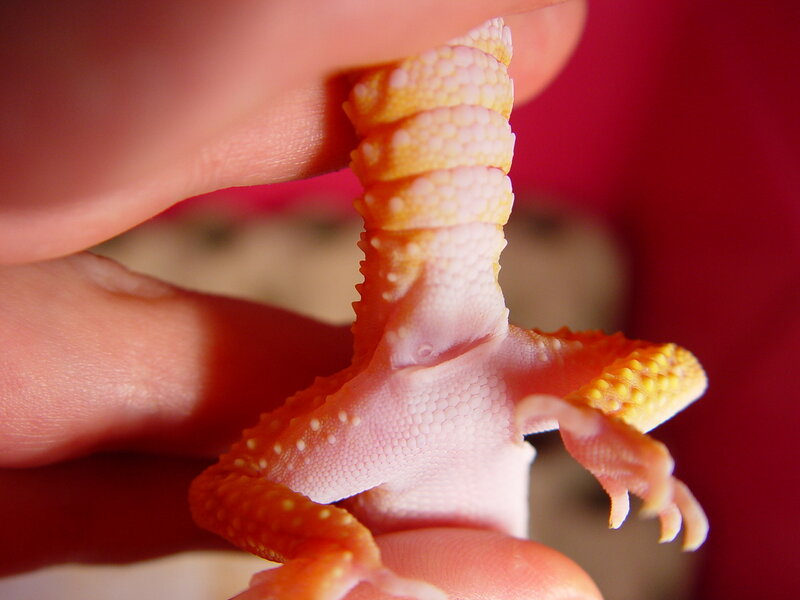
Frequency of feeding
Excessively frequent meals should not be allowed under any circumstances. Digestion in reptiles is quite slow, so before the next meal they need to completely digest the previous portion. For small geckos, one feeding per day is enough, and large ones are recommended to be fed even every other day. Juveniles feed more often, depending on age. And do not forget to maintain the correct temperature in the terrarium, as it depends on how fully the gecko digests its lunch. nine0003
Serving size
You need to focus on the size of the reptile. For example, 5-7 adult crickets are enough for a medium gecko, half a serving is enough for a small gecko, and double the serving for large species. One of the indicators that the pet is not starving is its tail. Fat and plump means your gecko is eating well and is definitely not starving. Too fat, which interferes with walking - that the pet is obese.
Feeding time
nine0002 The main guideline is whether your gecko is diurnal or nocturnal.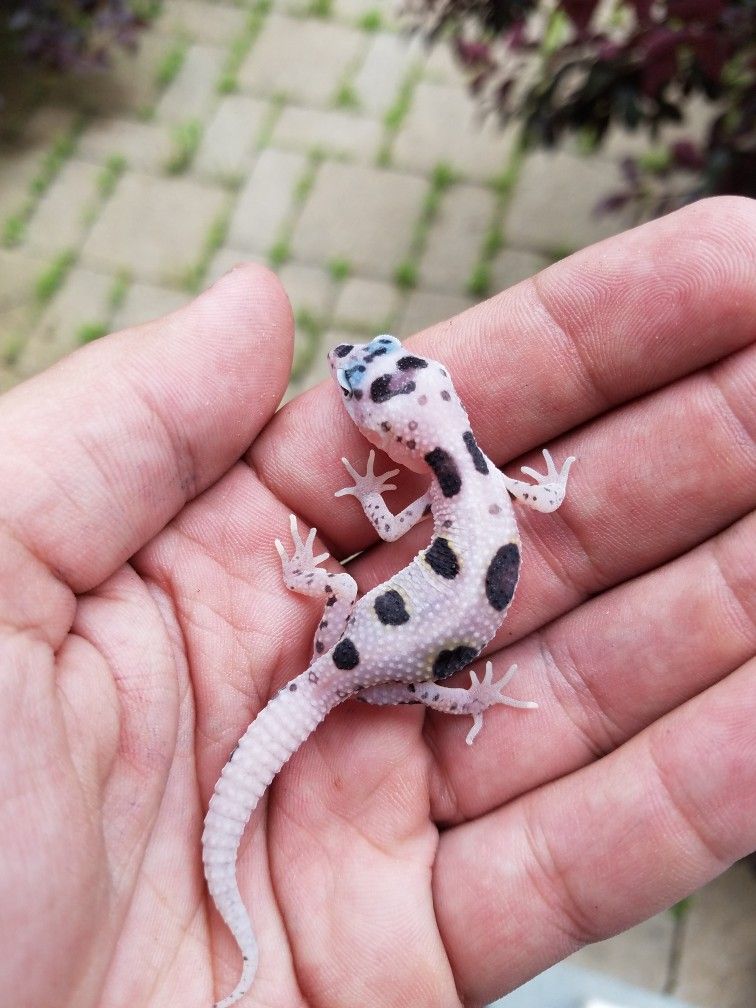 The first ones need to be fed during the day, closer to noon. And reptiles with a nocturnal lifestyle - closer to the night.
The first ones need to be fed during the day, closer to noon. And reptiles with a nocturnal lifestyle - closer to the night. Feeding conditions
It's best if you let your gecko hunt crickets or cockroaches. But this is possible only if the terrarium has a tight lid, because not all insects are ready to dutifully wait until they are eaten. If instead of a cover there is a mesh, you can give food from tweezers, geckos quickly get used to the new food format for them. nine0003
Author: AVZ
Add comment
Rate article
Share:
Back to tips list
More tips related to
How many fish can be placed in an aquarium
Read more
Python diet: what is important to know
Read more
How to feed a eublefar - feeding a gecko at home, keeping and caring for lizards
Geckos love tasty food. They quickly get used to treats and may refuse healthy and healthy food.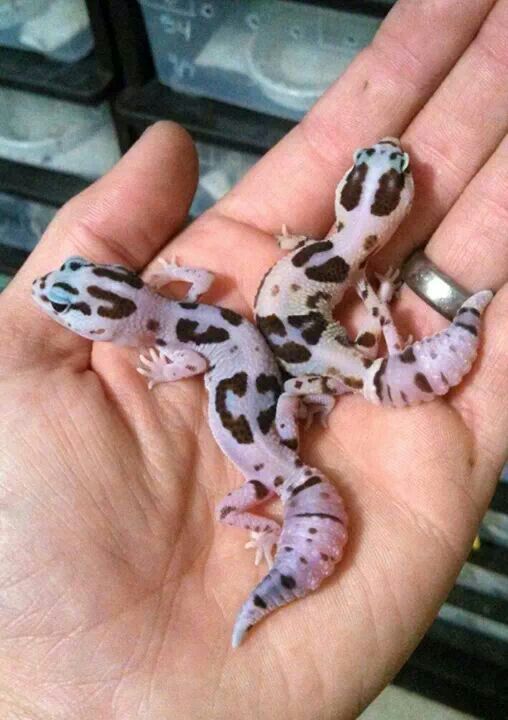 To prevent this from happening, you need to include a variety of dishes on the menu and adhere to the feeding regimen. We tell you how to do it.
To prevent this from happening, you need to include a variety of dishes on the menu and adhere to the feeding regimen. We tell you how to do it.
Feeding objects
Gecko food objects are divided into basic and additional. The main ones should be in the lizard's diet from birth. Additional food items include treats that can be added to the diet after the pet is six months old. nine0003
Geckos feed on insects and do not refuse newborn naked mice. It is advisable to give your pet live food so that the instinct of the hunter does not disappear. If you choose this option, then remember that you also need to take care of keeping insects at home. They must be full and active.
Another way is to feed frozen food. In this case, it is enough to store food in the freezer, and defrost it immediately before feeding. If the food has lain at room temperature for about 2 hours, it will have to be thrown away. You can not freeze insects again. nine0003
Menu
At home, the gecko should eat the same way as in the wild.
Ration
The main menu should contain:
- crickets;
- cockroaches;
- locust;
- grasshoppers;
- earthworms;
- butterflies, moths, moths.
You don't have to choose just one. A mono-diet can lead to beriberi and metabolic disorders. If it is not possible to diversify the diet, use ready-made feed additives. They contain the components necessary for proper development. nine0003
Where can I get food?
Food and vitamins for reptiles can be ordered in the online store. To grow food yourself, get a separate terrarium for it. Do not feed hungry insects to your lizard, as they bite and can feed on your pet's feces, which will negatively affect his health.
We do not recommend getting food for the gecko on the street. Together with wild insects, chemicals, helminth eggs, poisons of larvae, etc., can enter the body of reptiles. nine0003
Which food should I choose?
Crickets and cockroaches are the main diet of the lizard.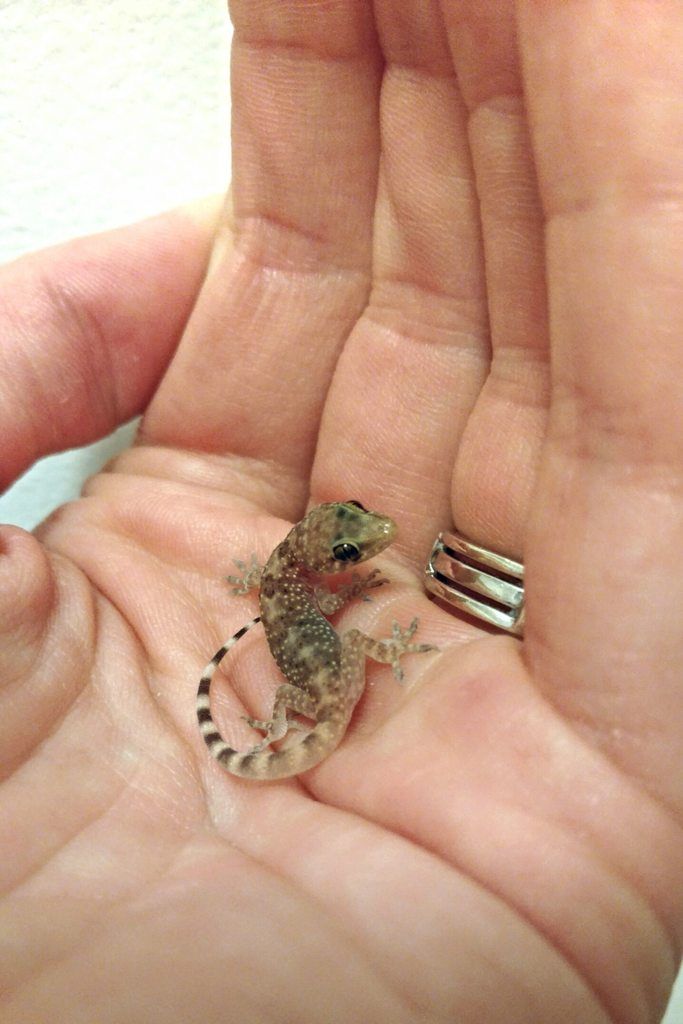 Their share is about 70%. The remaining 30% are treats. For example, spotted leopard geckos love tobacco hawk caterpillars, mealworms, silkworm larvae, etc. Periodically change treats to create conditions close to the wild.
Their share is about 70%. The remaining 30% are treats. For example, spotted leopard geckos love tobacco hawk caterpillars, mealworms, silkworm larvae, etc. Periodically change treats to create conditions close to the wild.
40 g 319 ₽ 293 ₽ 40 g x 2 pcs0002 638 ₽ 564 ₽ 40 g x 24 pcs Show all sentences 20 g 233 ₽ 213 ₽
7
Power Features
Feeding time depends on the type of lizard. Some are active at night, others during the day. For example, geckos hunt at dusk, at night and at dawn, so they prefer to eat early in the morning or late in the evening. By the same principle, feed currents, striped, viper geckos, etc. nine0003
Frequency
Geckos have a good appetite. In their natural habitat, they eat any prey that they manage to catch. Do not overfeed - reptiles have slow digestion. It is important that before the next feeding they have time to digest the previous portion.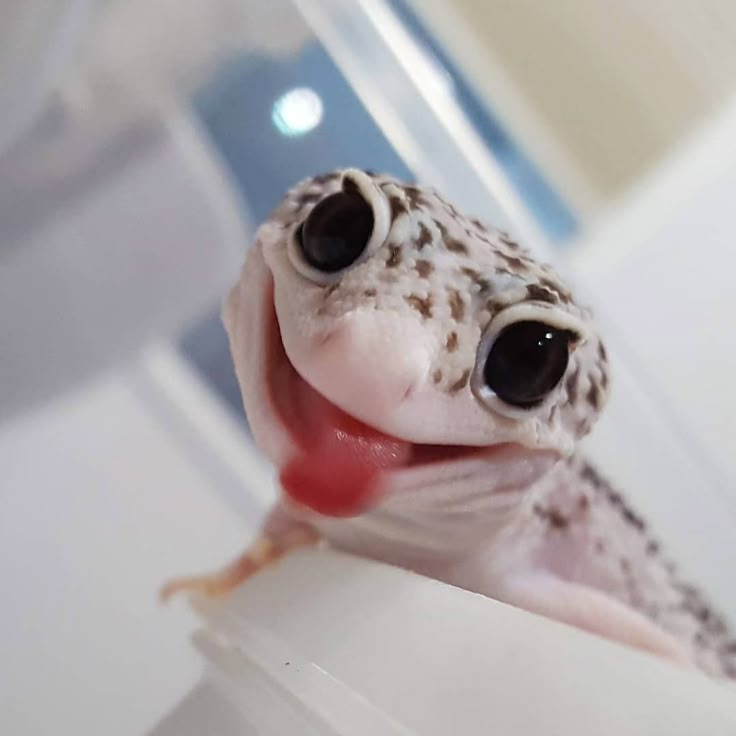 Young lizards need to be fed more often than adults.
Young lizards need to be fed more often than adults.
There are two approaches to feeding:
- 1 time in 3-4 days for 5-7 large insects. So the reptile will definitely not overeat, but will remain a little hungry. nine0013
- 1 time in 2-3 days, but until full, until the pet refuses to eat.
Babies under 2 months old need daily meals.
How to understand that the gecko is full and happy? Rate his behavior. The pet must be nimble during the period of activity. After overeating, lizards become passive, they have problems with the liver, reproductive system. The state of the pet is easy to determine by the tail. In starving geckos, it is thin, in overeating geckos it is large and interferes with walking. With proper nutrition, the tail looks natural in relation to the body, as in the photo below. nine0003
Portion sizes
Portions depend on the age and size of the geckos. For a miniature adult animal, 2-3 large crickets are enough.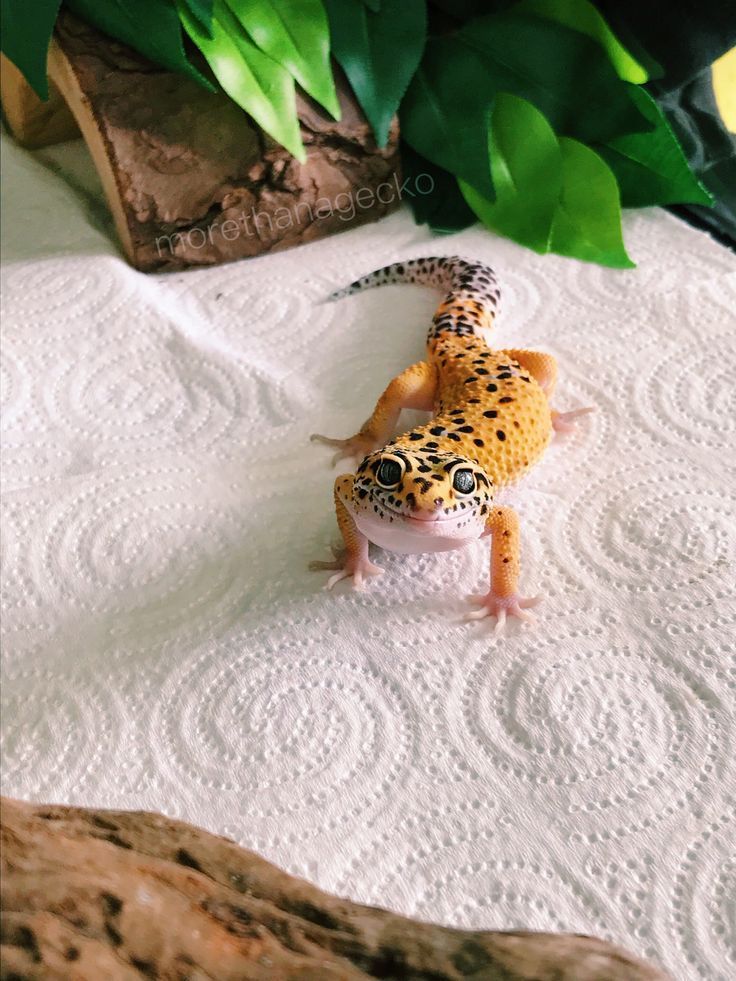 A large lizard needs to eat 10-15 of the same insects. Newborn animals are fed from the 4th day of life 1-2 times a day with small crickets. After 12 months, the cubs switch to a common diet.
A large lizard needs to eat 10-15 of the same insects. Newborn animals are fed from the 4th day of life 1-2 times a day with small crickets. After 12 months, the cubs switch to a common diet.
Choose the right food. Do not give the animal an insect that is too large for it, which is difficult to digest. We recommend that you follow a simple rule: the length of the insect should not be more than the distance between the eyes of the gecko. nine0003
Conditions
Lizards feel more alert if they can hunt. To create such conditions for them, purchase a terrarium with a tight-fitting lid. Then the crickets, cockroaches and moths will stay inside. But the gecko can live peacefully without hunting. Simply feed it defrosted insects with tweezers. The animal will be interested in such food.
What should not be fed to individuals?
Geckos should not be fed anything that they do not eat in nature. Vegetables, fruits, yoghurts, berries and similar foods are not suitable. nine0003
nine0003
Reptiles are not given dead insects. The latter are densely fed and frozen alive. A hungry cricket or cockroach is useless for a lizard. For the same reason, moulting crickets should not be given to an animal - they are always empty. They are easily recognizable by their white color.
Insects that glow in the dark are not suitable for food. These are fireflies and lightning beetles. A chemical that is toxic to geckos is responsible for the glow.
What must be in the diet? nine0027
Mineral and vitamin supplements should not be excluded from the menu. The first contains calcium. The gecko is happy to use it in the quantities needed for growth and healthy molting. Pour the powder into a small bowl and place on the floor of the terrarium.
Vitamin supplements must be dosed. They are dry and liquid. Dry roll a few crickets 1-2 times a week. For pregnant females, slightly increase the portion. Liquid vitamin complexes can be applied to the eyes or the tip of the pet's nose.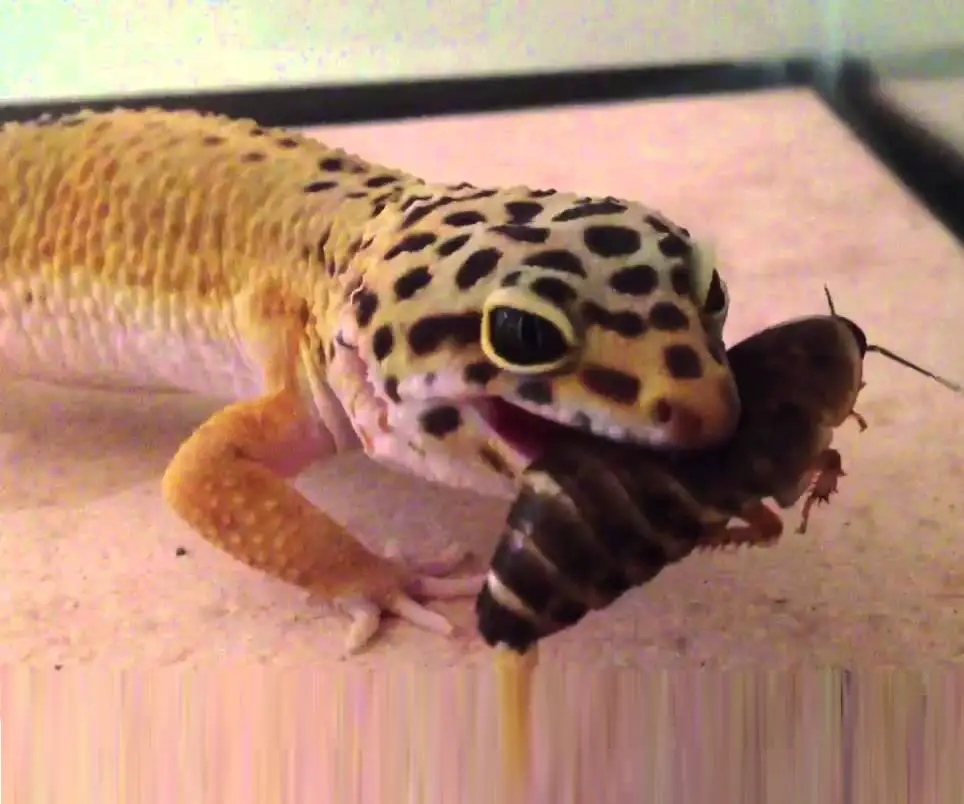 It is convenient to do this with a soft brush. The animal licks the drops. nine0003
It is convenient to do this with a soft brush. The animal licks the drops. nine0003
The gecko needs clean and fresh water. Place a small bowl at the bottom of the terrarium. Rinse and refill daily. Some individuals like to swim, especially in the heat. Many reptiles stomp in the bowl and then walk around on the mineral feed. Water can be sprayed on the walls of the terrarium. Your pet might enjoy licking the drops off the glass.
Show all offers
Important to know
Proper nutrition of a gecko depends not only on food, regime and conditions. Appetite is also influenced by external factors.
Temperature rating
The lizard needs to warm up well after eating. Only in this way the body will absorb the necessary nutrients. The terrarium should have a warm zone in which the soil will warm up to about + 34 ° C.
Rest after eating
Immediately after feeding, do not take the pet in your arms or stimulate activity.